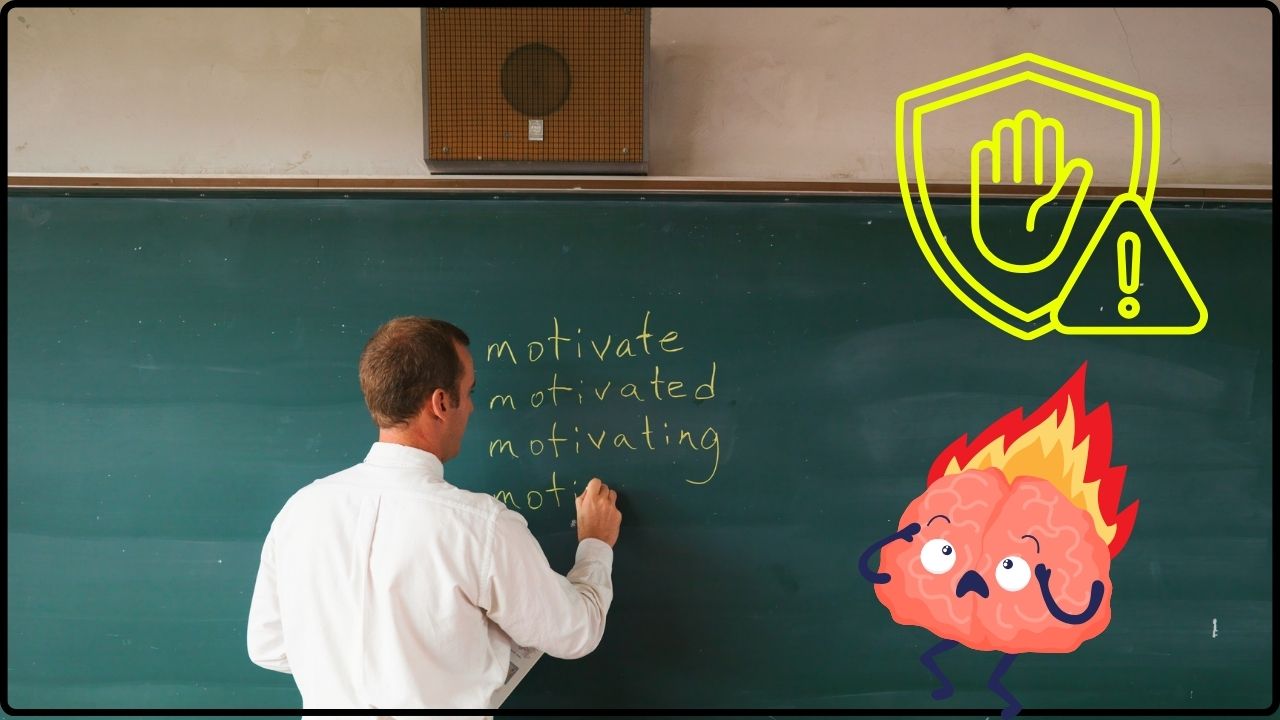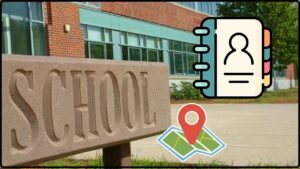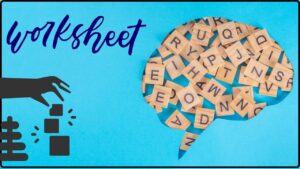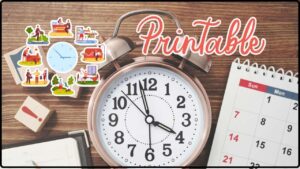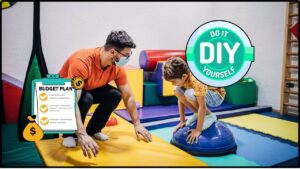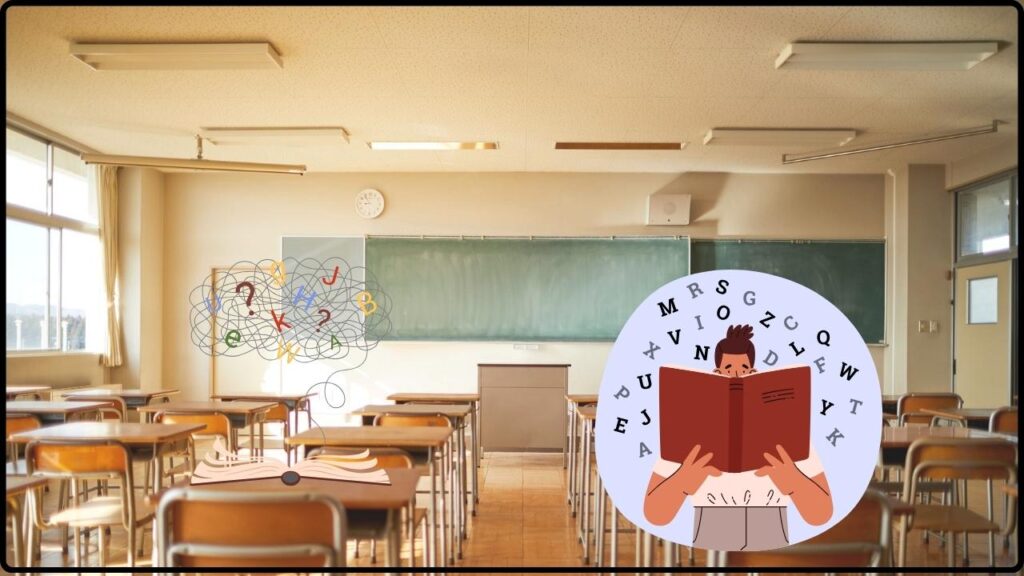
Dyslexia in the Regular Classroom: If you’re navigating the world of education with a student who has dyslexia in your classroom or at home, this guide has you fully covered. Dyslexia affects a significant number of students in the United States—roughly 1 in 5—making reading, spelling, and sometimes even speech a bigger challenge than it is for most kids. But with the right strategies for adapting texts and tests, every student can step up and succeed. Let’s explore how regular classrooms can be set up to help dyslexic learners truly shine.
Table of Contents
Dyslexia in the Regular Classroom
Adapting texts and tests for students with dyslexia isn’t just about compliance—it’s about fairness, empowerment, and unlocking every learner’s potential. When classrooms embrace these evidence-based strategies, dyslexic students don’t just keep up—they excel. Educators carry the torch in creating supportive learning environments. Parents and schools working side by side ensure each child has access to the tools and understanding they need to thrive academically and beyond. Together, we can make classrooms places where diverse minds flourish.
| Feature | Details |
|---|---|
| Prevalence | About 1 in 5 students in the U.S. have dyslexia |
| Text adaptations | Dyslexia-friendly fonts, large print, audiobooks, visuals |
| Test accommodations | Extended time, oral tests, quiet rooms |
| Tech supports | Text-to-speech, speech-to-text software |
| Costs of untreated dyslexia | Increased risk of school dropout, lower career income |
| Benefits of Adaptations | Increased reading comprehension, reduced frustration |
| Official Resource | International Dyslexia Association |
What is Dyslexia and Why Does It Matter?
Dyslexia is a common learning difference that primarily impacts reading, spelling, and writing skills. It’s important to understand that dyslexia is not related to intelligence. Many kids with dyslexia are incredibly bright but just process written language differently. This means traditional classroom setups often unintentionally make learning harder for them. The silver lining? Thoughtful adaptations to texts and tests can level the playing field, boost confidence, and improve achievement.
The Wide-Ranging Impact of Dyslexia
Dyslexia doesn’t just affect reading skills. It can also influence writing, spelling, processing speed, working memory, verbal expression, and organizational skills. This means dyslexic learners can struggle with tasks like note-taking, following multi-step oral or written instructions, or retrieving facts during tests. Understanding these challenges helps educators tailor individualized support plans that address the full scope of needs, rather than focusing narrowly on reading alone.
The Importance of Early Identification and Support
Recognizing dyslexia early is a game-changer. Early screening programs in schools help spot struggling readers before they fall significantly behind peers. Early intervention—which may include specialized reading programs like Orton-Gillingham or Wilson Reading System—combined with the classroom accommodations you’ll read about here, greatly increases the chances for academic success. The earlier educators and families start working together, the better the outcomes for kids.
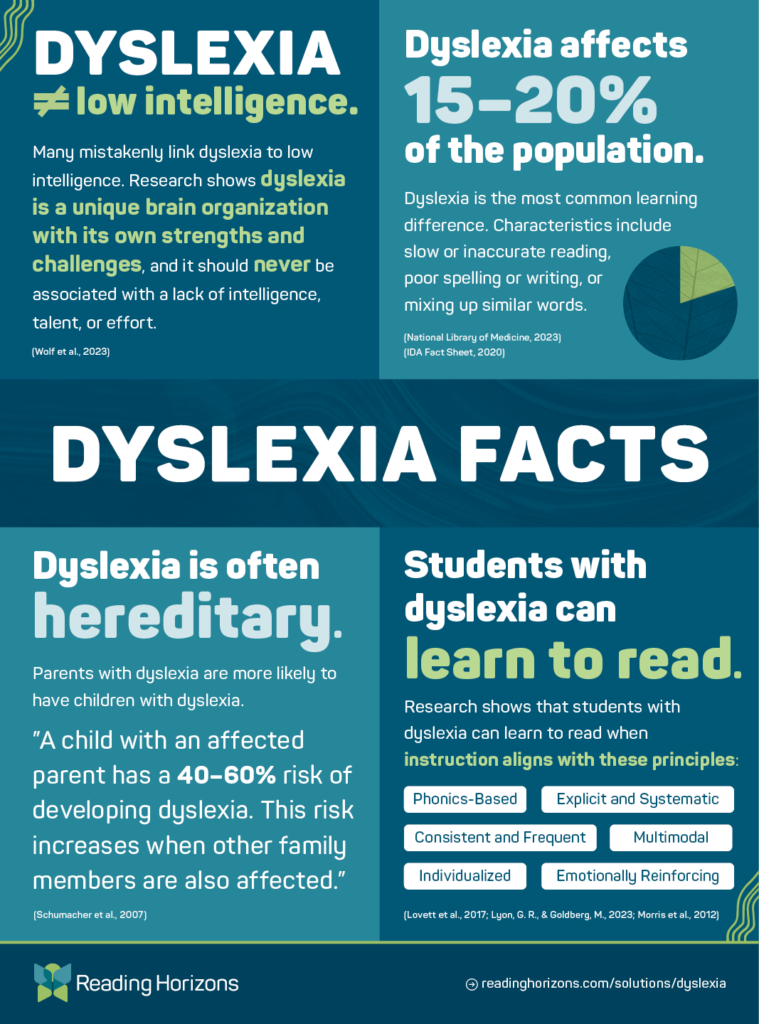
Dyslexia in the Regular Classroom: Adapting Texts for Dyslexia Success
Text is the backbone of learning, but it can also be the biggest hurdle for dyslexic students. Here’s how to make written material easier to access and understand.
Use Dyslexia-Friendly Texts
Studies and educators recommend specific fonts that ease the reading experience for students with dyslexia. Fonts like Arial, Verdana, or OpenDyslexic—which was designed specifically to reduce letter confusion—are great choices. Larger font sizes (14pt or above), increased spacing between letters, words, and lines (often called “leading”), and left-aligned text aid readability. Avoid italics, underlining, and decorative or script fonts as they tend to confuse letter shapes.
Clear Layout and Chunking
Breaking text into bite-sized pieces aids comprehension. Use short paragraphs, bullet points, and numbered lists to present ideas logically and visually. Headings and subheadings should be descriptive and used consistently, helping students anticipate what’s coming next and organize information mentally.
Adding Visuals and Multisensory Elements
Visuals—like pictures, infographics, charts, and diagrams—support meaning and retention. Multisensory teaching techniques combining auditory, visual, and kinesthetic inputs can be powerful. For example, pairing reading assignments with videos or having students physically engage in learning activities supports memory pathways. Audiobooks and text-to-speech technology also provide essential access to the same materials, helping students who struggle with decoding text.
Pre-Teach Vocabulary and Concepts
Pre-teaching critical vocabulary and ideas before reading helps build background knowledge. This can be done through discussions, flashcards, or visual aids. Doing so primes students for new content and lessens frustration. Teachers might provide word banks or glossaries that offer definitions and pronunciation tips.
Provide Digital Resources
Many digital platforms now offer dyslexia-friendly options like customizable font sizes, color overlays, and read-aloud features. Using tablets or laptops to access interactive eBooks can personalize reading and give students control over pacing and sensory inputs.
Adapting Tests to Measure True Knowledge
Tests can be a major source of anxiety and do not always reflect a dyslexic student’s actual understanding. Thoughtful accommodations ensure tests measure knowledge, not reading or writing challenges.
Extended Time and Flexible Scheduling
Additional time—sometimes up to 50% or double the standard—reduces stress and allows students to process questions thoroughly. Offering tests over multiple sessions can break up cognitive load. Scheduling tests at times when students feel most alert also helps.
Alternative Test Formats
Offering oral examinations, projects, or presentations provides diverse ways to demonstrate knowledge. Extended written responses may be broken down into smaller sections, or students might answer multiple-choice or true/false questions instead of essays when appropriate.
Technology Supports During Tests
Allowing assistive technology such as text-to-speech readers, word prediction software, or speech-to-text dictation enables students to bypass decoding or fine motor challenges. Importantly, test instructions should clarify permitted assistive tools for fairness.
Quiet, Low-Distraction Environments
Providing separate testing rooms or quiet corners minimizes distractions and helps students focus. Background noise or visual clutter can increase anxiety and reduce performance in dyslexic learners.
Accommodations for Spelling and Handwriting
Grading policies often waive penalties for spelling or handwriting mistakes. This reduces pressure and emphasizes content mastery over transcription accuracy.

Dyslexia in the Regular Classroom: Additional Classroom Supports and Strategies
Creating an inclusive classroom culture and instructional practices tailored to dyslexic learners is key.
Predictable Routines and Clear Instructions
Posting visual schedules of daily activities and reading them aloud sets student expectations. Instructions should be direct and broken down into clear, sequential steps, repeated as necessary.
Multisensory, Explicit Instruction
Beyond text modifications, teaching phonics, vocabulary, and grammar through multisensory and explicit methods helps dyslexic students build foundational skills. These include using manipulatives, movement, and rhythm to reinforce concepts.
Collaborative Learning and Peer Support
Structured group work allows students to benefit from peer explanations and social reinforcement. Pairing dyslexic students with supportive buddies aids understanding and motivation.
Encouraging Self-Advocacy and Growth Mindset
Teaching students about dyslexia and encouraging them to identify which accommodations work best empowers independence. Promoting a growth mindset reinforces that challenges can be overcome with effort and supports.
Using Checklists and Graphic Organizers
These tools help students plan, organize thoughts, and review work systematically. This is especially helpful for writing assignments, reducing overwhelm.
The Role of Assistive Technology
Technology has shifted the game for dyslexia accommodations. Here are some tools making a big impact:
- Text-to-Speech Readers: Convert text into spoken words, improving comprehension and reducing tiredness.
- Speech-to-Text Software: Helps students write by dictating instead of typing or writing manually.
- Word Prediction Programs: Suggest words as students type, increasing speed and reducing spelling errors.
- Digital Organizers and Reminder Apps: Support planning and memory, helping manage assignments and deadlines.
Schools integrating these tools report higher student engagement, better attendance, and improved academic results.
The Science and Stats Behind These Strategies
Research from the International Dyslexia Association (IDA) affirms that accommodations aligned with dyslexic learners’ needs improve reading comprehension, academic confidence, and long-term educational outcomes. Some hard facts:
- According to a 2020 IDA report, approximately 70-80% of students who access appropriate interventions and accommodations improve their reading skills substantially within two years.
- Extended testing time has been shown to decrease test anxiety by up to 40%, enabling students to better demonstrate what they know.
- Studies indicate that 90% of employers reported positive work performance from individuals with dyslexia when reasonable accommodations were provided.
Ignoring to adapt classroom environments has real consequences. Students with unaddressed dyslexia are more likely to drop out of high school, experience low self-esteem, and face career limitations. Thus, accommodations aren’t just helpful—they’re essential.
How Schools Can Implement Adaptations and Supports?
Early and Ongoing Screening
Universal screening in early grades combined with teacher training helps spot dyslexia early. Continued monitoring throughout schooling ensures changing needs are met.
Individualized Education Plans (IEPs) and Section 504 Plans
Federal laws such as IDEA and Section 504 mandate schools to develop formal plans for qualified students, detailing specific accommodations. This formalizes supports and holds schools accountable.
Professional Development for Educators
Teachers benefit from ongoing training about dyslexia characteristics, multisensory instruction, technology tools, and legal requirements to support dyslexic learners effectively.
Family and Community Engagement
Sustainable support comes from a team effort. Schools partnering with families and local resources provide cohesive environments crucial for student success.
Managing ADHD in the Classroom: 5 Proven Strategies for Serbian Schools



